All about larch: description and varieties, cultivation and reproduction

Larch is a well-known beautiful coniferous tree. It grows in many places, including the northern regions with harsh conditions. This culture cannot be found only in the tropics. Larch is very popular in Russia. Many people plant this majestic tree specifically to decorate the territory. Let us consider in more detail the features of this culture and the conditions for its cultivation.
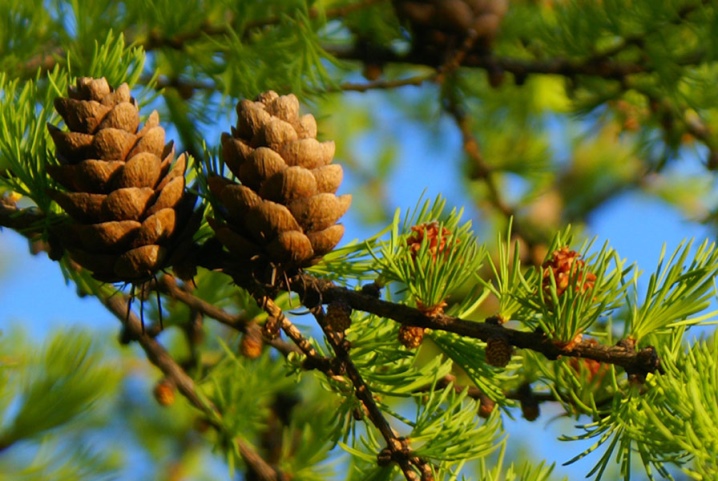
Description
Larch is a genus of several distinct tree species. It belongs to the pine family. Its characteristic difference from other coniferous crops is the loss of foliage with the arrival of winter. Thanks to this, individual varieties can easily withstand critical low temperatures (down to -70 ° C).
Trees of this genus are usually large, with a straight trunk. Under natural conditions, the culture can grow up to 40-45 m. Although there are lower specimens, including dwarf species. The tree grows pretty quickly. Up to 20 years, 70-100 cm are added annually.
The trunk diameter can reach 1-1.5 m. The root is powerful. The depth of penetration of the root system into the soil depends on the type of the latter. The bark is brown or dark gray.
In mature plants, it is usually cracked.
The appearance of the crown depends on the variety and place of growth of the tree. The branches may or may not be close to each other. There are specimens with a cylindrical and pyramidal crown. There are weeping varieties.
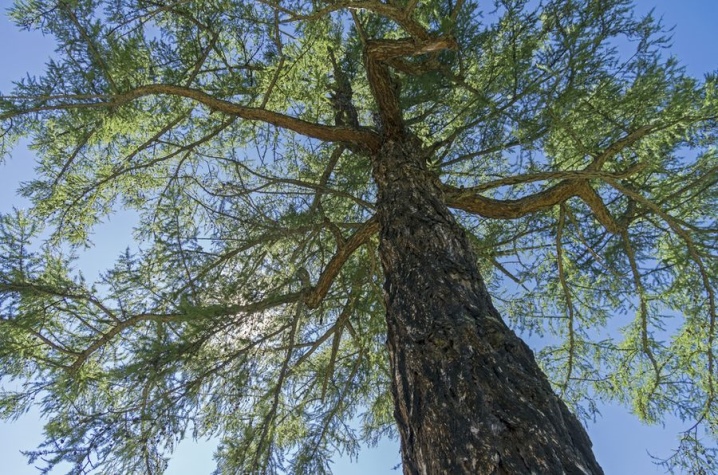
The soft needles of the trees resemble leaves rolled into tubes. Probably, the name of the culture is connected with this. The color of the needles is green, ranging from light to rich shades. The length of each needle can reach from 2 to 4 cm. On the branches, they are located either in bunches or in a spiral.
Every plant of this kind has characteristics of both sexes. Every year in May the larch “blooms”. Female cones are short. The color is bright pink or brown. Length - about 3 cm. The scales are large, rounded. Male bumps are smaller (about 1.5 cm). The shape is ovoid, the color is yellowish. The seeds are small and winged here. Maturation takes place in October.
The first fruiting of larch occurs at the age of 15-16. In summer, ripe buds with open scales resemble rose bloom, which increases the decorative qualities of the culture. In September, the needles of many varieties turn yellow and fall off. Some foliage remains until winter. Cones remain on the branches until next spring.
Due to the fact that the trees look very attractive, they are widely used in landscape design and simply for landscaping areas. The culture is undemanding to the composition of the soil. It can grow in any area, including rocky and swampy. But the trees die from lack of sun. Therefore, it is better to plant them in a well-lit area.
The scorching rays of the thick bark of trees are not terrible. They even endure forest fires. The average lifespan of such trees is about 500 years.
However, some specimens live up to 800 years.
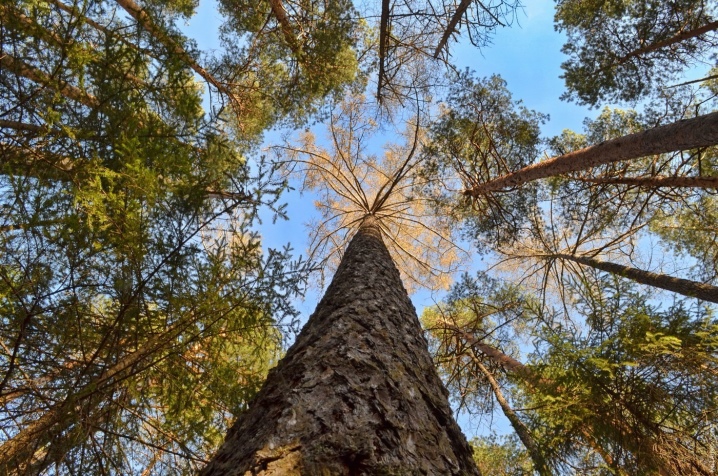
Types and varieties
There are about 20 different species of larch, among which there are also different varieties. Interspecific pollination is also responsible for the appearance of hybrid forms (for example, seaside larch).Let's consider the most common varieties.
Siberian
This larch is often called common. You can meet her in the Urals, in Siberia. This species prefers coniferous forests with humid air, sod or podzolic soils. Often spawns in the wastelands. Trees grow up to 40 m. The crowns are openwork, at first they have the shape of a pyramid, then they are rounded. Young specimens have smooth, pale brown bark. With age, it darkens, acquires a lamellar appearance. The foliage is light green.
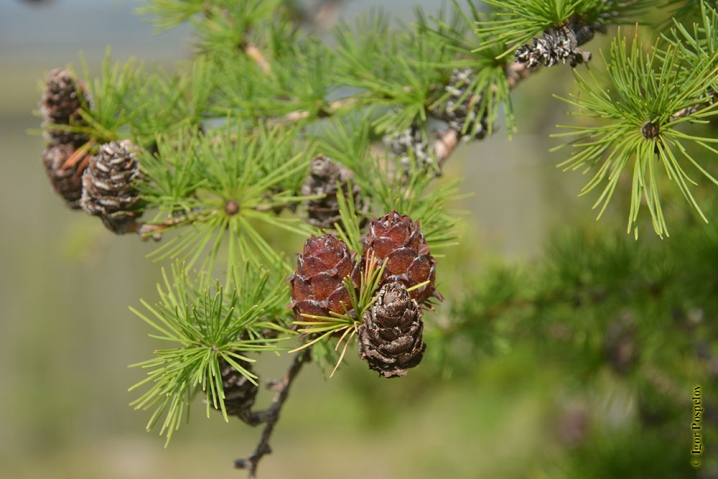
European
This species is native to Western and Central Europe. Such larch does not like swamps. Grows well on other soils. She especially likes loamy soil with moderate moisture. Found in mixed forests.
The crown can have the form of a cone, although it can also be of an irregular shape. The needles are moderately green, the bark is grayish-brown. This variety grows quite quickly. The maximum height is 50 m.Among the varieties can be distinguished Kellermann dwarf bushy larch, weeping variety "Pendula", the original "Repens" with branches hanging down to the ground, like a scarecrow Little Bogle, Horstmann Rekurved curved shape.
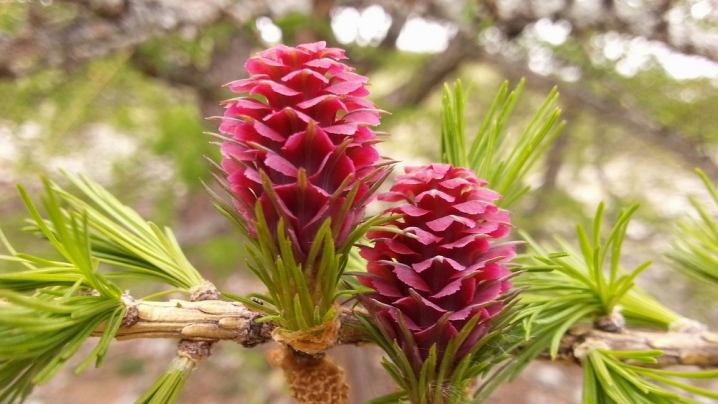
Western (American)
As the name implies, this species is native to the United States and Canada. This is the tallest variety (it can reach 80 m). The crowns are narrow, pyramid-shaped. The bark is brown with a gray tint. The needles are light green, fall off in October. The buds are egg-shaped and light brown in color. This species prefers mixed forests, well-drained moist soils.
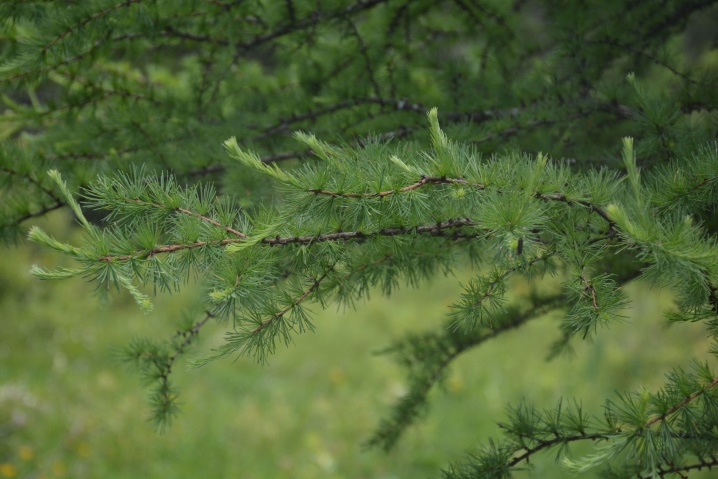
Japanese
You can meet this variety in Japan, as well as on Sakhalin, where there are fertile soils. Trees grow up to 30-35 m. The crowns are wide, openwork, pyramidal. The needles are bluish-green. The needles are arranged in a spiral. The bark is scaly, reddish-brown. The decorativeness of the tree is very high. Among the most popular varieties are Stiff Viper, Blue Rabit, Diana.
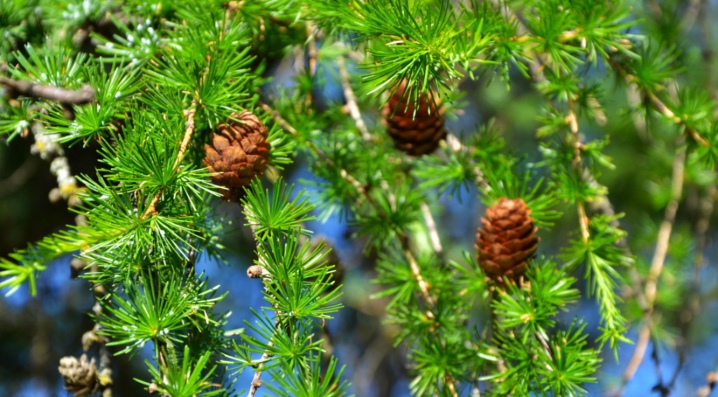
Daurskaya (Gmelin)
This variety can be seen in the east of Siberia. The maximum height is 30-35 m. In the Far North, the trees are quite low. The crowns are in the shape of a pyramid. If the crop grows in an open, windy area, it can take on an irregular, one-sided shape. The bark is reddish, thick. The needles have a rich green color. Cones are oval. The view is very unpretentious. Easily tolerates both low temperatures and drought.
It can grow on poor soils, in swampy areas, in the mountains.
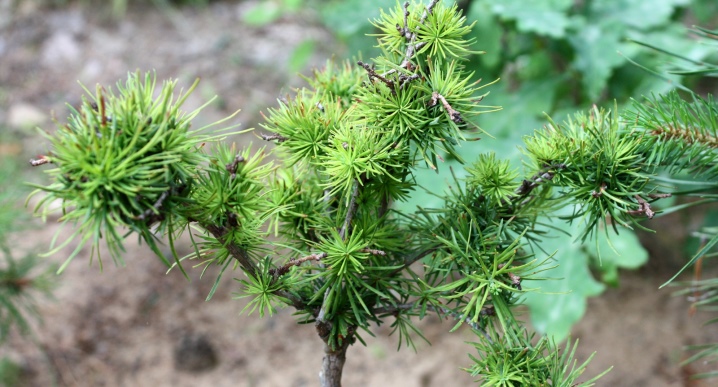
Cajandera
This variety of larch is common in the Okhotsk Sea region. Some people recognize this type as a variation of the previous one with minor differences. The tree is not too large, in favorable conditions it grows up to 25 m. The bark is brown, the cones are round in shape.
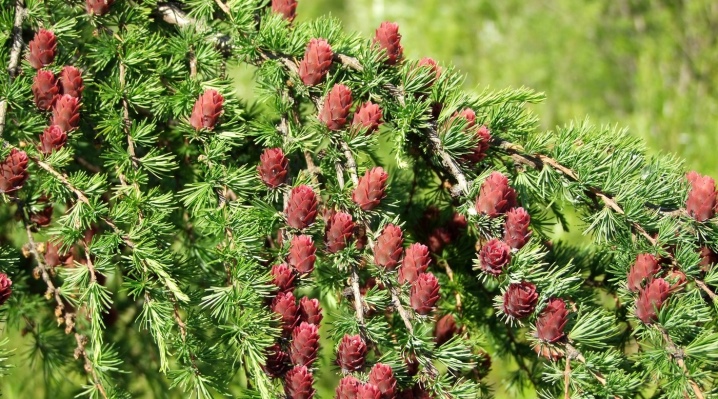
Sukacheva
This species grows in the north-east of Russia. The height can reach 45 m. The needles grow in bunches. The buds gradually change color from pinkish to brown. The shape is spherical. This variety is undemanding to the soil. It is found in both coniferous and mixed forests.
Some varieties of larch were named according to the place of distribution (for example, Angarsk, Arkhangelsk), but this is an unofficial classification. As a rule, such trees belong to one of the recognized biological groups.
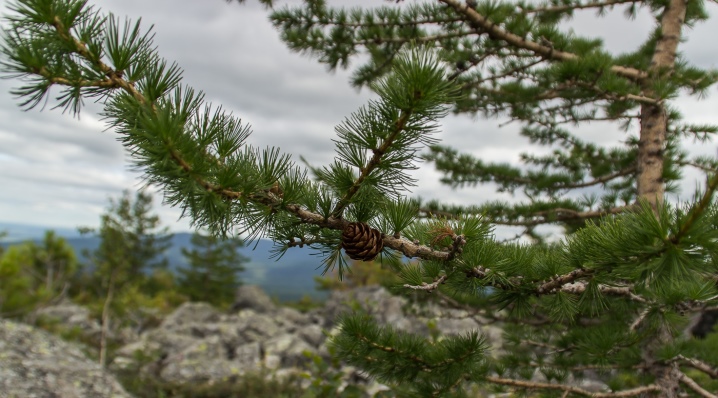
Seat selection
First of all, it should be said about the choice of a seedling. Better to contact the nursery. Planting material is considered suitable at the age from 2 to 4 years... The specimen must be healthy (have flexible shoots, green needles without a yellow tint).
For planting, it is better to choose an open, sunny area with a soil of normal acidity. Slight shade is only acceptable for the Japanese variety. At the same time, the close location of groundwater is undesirable. If the soil is clayey, it should be diluted with sand. You can also add a little lime.

Correct fit
Larch should be planted in early spring or autumn.If there is a desire to plant several trees with a "wall", it is important to keep the distance between specimens from 2 to 4 meters. The seedling hole should be twice the size of the root system. This applies to both depth and width. A special mixture is prepared for planting. It should include peat, leafy soil and sand. If the ground is heavy, to the bottom a drain should be placed (about 10 cm).
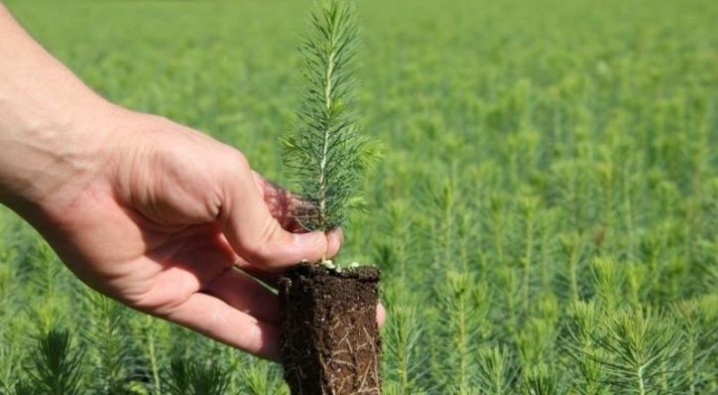
In the process of lowering the seedling into the hole, observe utmost care not to damage the root. Otherwise, the planting material will not survive. The immersion depth is about 75 cm. The root collar must remain flush with the surface. In conclusion, the tree is well watered. Then the seedling is sprinkled with a layer of dry needles or sawdust.
Despite the fact that larch is a light-loving culture, seedlings should be protected from sunlight and sudden temperature changes. To do this, you can make a small canopy.
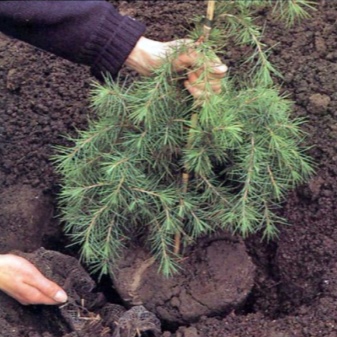
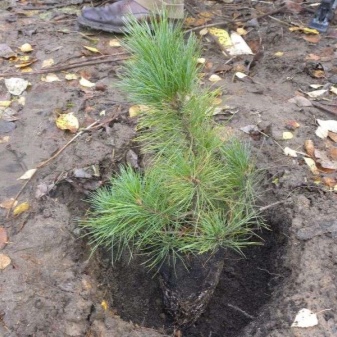
Care
To grow a healthy and beautiful tree, it is important to care for it as it develops. Let's take a look at the main steps.
Watering
Drought is harmful for ornamental larch. Young trees need to be watered once a week (2 times in summer). Each watering should have 15-20 liters of clean water. For representatives of the culture over 5 years of age, moisture obtained from the natural environment is sufficient.
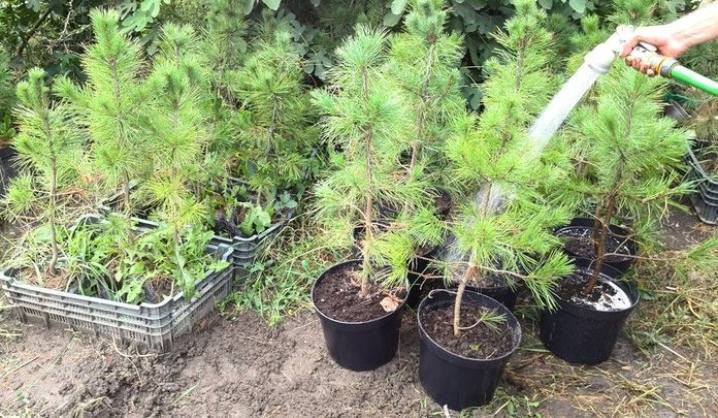
Pruning
Culture is not suitable for creating decorative figures, however, the formation of a neat-shaped crown is quite possible. In the spring, large branches are pruned for sanitary purposes. To enhance the splendor, you need to cut off young shoots... This is done after the end of the period of active growth, but before the onset of lignification. Decorative pruning helps to shape the plant into a regular pyramid or ball. And also this procedure allows you to control the height of the tree. Forming procedures are carried out in June.
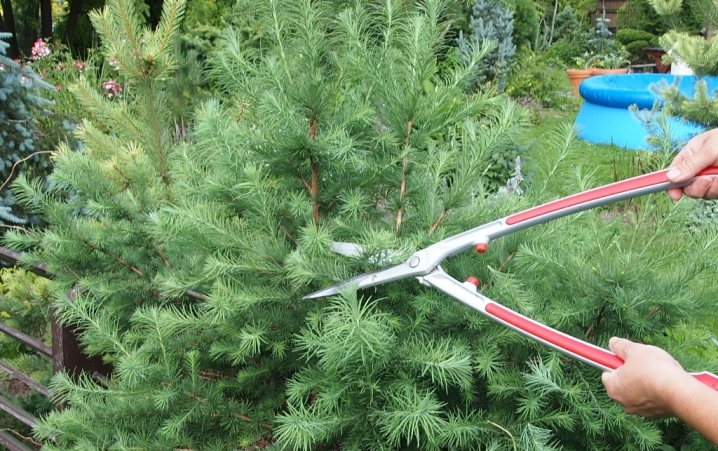
Fertilizer
Fertilization of the culture is carried out twice a season. For this, complex mineral compositions are used. Preparations must necessarily contain potassium and magnesium. To support the shoots, "Kemira" is brought in in the spring. Enough 100-130 g per square meter.
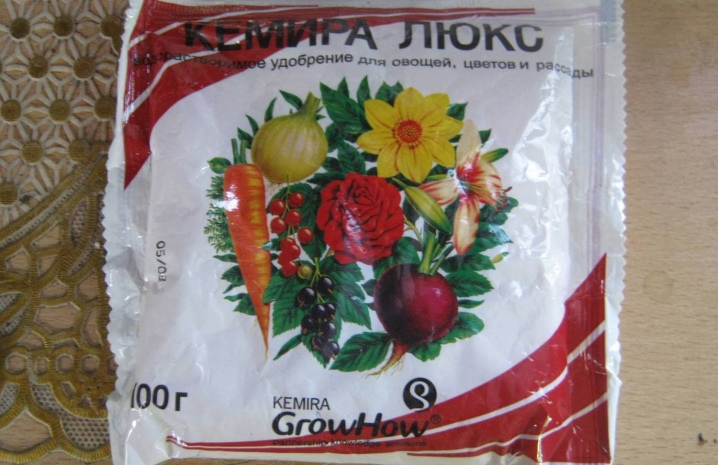
Weeding and loosening
The soil near the plantings must always remain clean. Weeds must be removed. Loosening is done at a depth of about 10 cm.
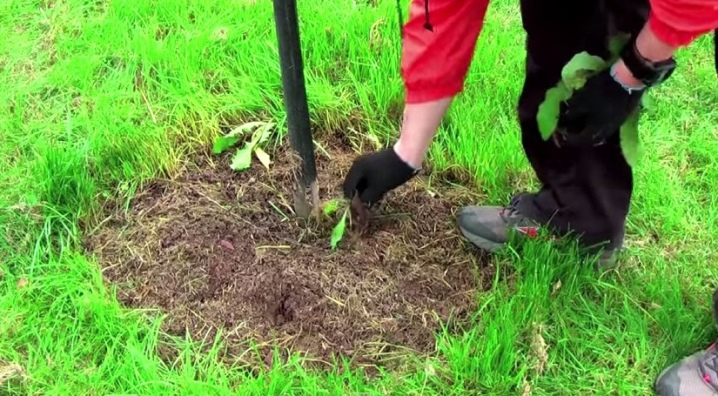
Reproduction methods
In nature, larch propagates by seeds carried by the wind. At home, the culture can also be propagated. using seeds... However, there is also another method - grafting. Let's consider each option in detail.
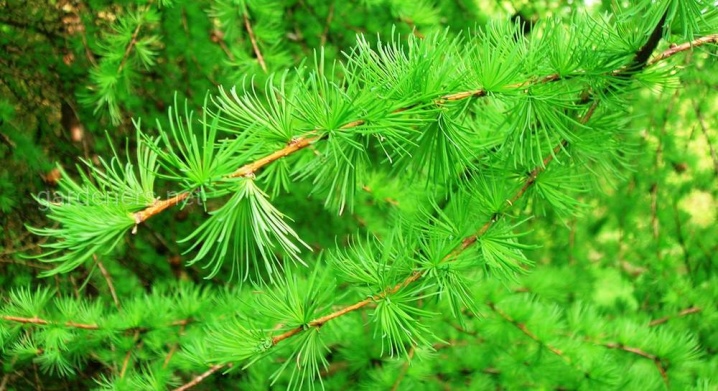
Seeds
This is the main breeding method for larch. The seeds are taken from the cone. The latter can be removed from an adult tree or bought. Seed material is pre-checked for germination. To do this, fill the seeds with water. After 5 minutes, those that have surfaced are removed. The rest are considered fit for planting. They are dried and sent for stratification. After mixing the seeds with sand, they are placed in cloth bags. In this form, the material is stored in the refrigerator for 2 months.
In the spring, sowing is carried out in warm, loose soil in prepared boxes. It is advisable to sprinkle the seeds thicker, since not everyone can sprout. Seeding abundantly allows you to increase the chance of obtaining new trees. Sprinkle a peat-sand mixture on top of the planting. The top layer should be 1-2 cm. Water every 2 days of planting. When the sprouts reach a height of 5 cm, they are thinned out.
When young larches reach 2 years of age, they already have time to get stronger. During this period, you can transplant into open ground.
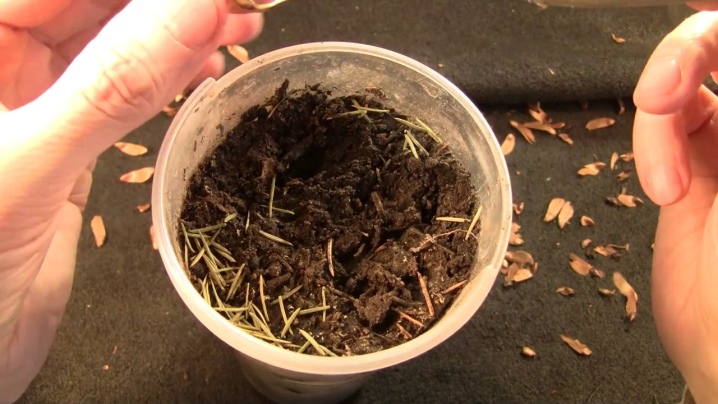
Cuttings
You can also grow larch from a branch. For this, the tops of lignified shoots are suitable. You can also take the middle parts. The length of the cutting should be 15-20 cm. The cut is made at an angle of 45 degrees. It is desirable to carry out treatment with a growth stimulant.
Then the cuttings are placed in a potting soil mixture with a high peat content. They are deepened by one fourth of the length.A month later, young roots appear. Saplings dive into separate containers. And landing in open ground (to a permanent place) is permissible.
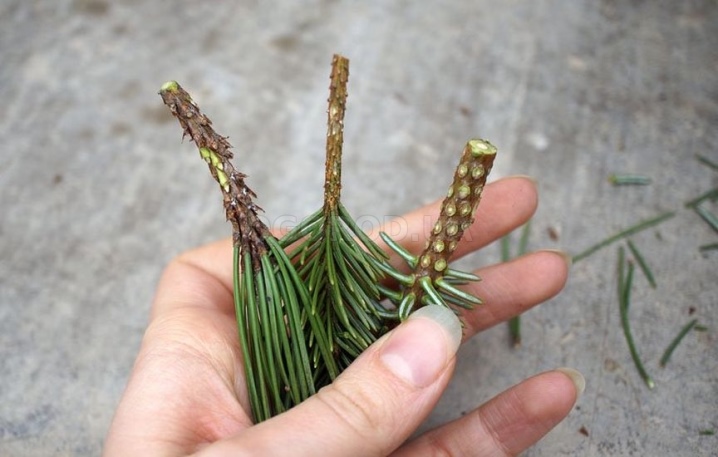
Diseases and pests
The main danger for larch is the mining moth. Because of it, the needles become flabby, white flakes appear on the needles. In this case, the affected parts are removed. And the tree is treated with insecticides. If conifer worms, hermes, caterpillars or bark beetles attack, the fight against them is carried out in the same way.
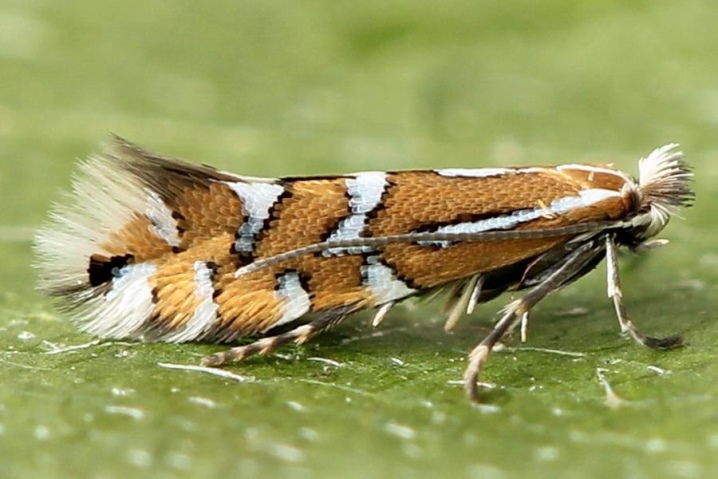
With regard to diseases due to unfavorable conditions (sunburn, frost, and the like) bark damage often occurs. As a result, an infection may appear. Signs of cancer are stains on the trunk, large cracks, and excess resin. Fungus symptoms: yellowing or reddening of the needles, the appearance of red or dark spots and dots, plaque. Sometimes needles fall off.
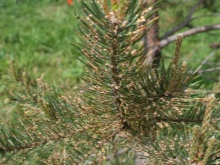
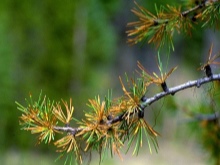
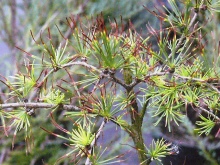
If the tree drops needles, or other problems are observed, the culture is treated Bordeaux liquid, sulfuric solution... And also fungicides help ("Tsinebom" "Fundazol" and others). If tinder fungi are found, they are removed. Then the tree is treated with copper sulfate. And also useful in this case "Nitrofenom".


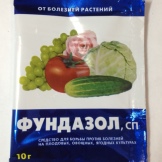

Possible problems
Larch can also get sick as a result of lack of space or due to improper care. To avoid alternaria (decreased immunity, loss of needles), it is important to keep a distance when planting trees. And also it is necessary to regularly prune the crown, remove dry branches, covering the cuts with garden pitch.
Tracheomycotic wilting and subsequent drying of the tree can occur due to stagnant moisture and lack of light. To save a tree, you need to treat the land on which it grows with fungicides.
As a preventive measure it is recommended to treat seedlings with fungicides before planting. To increase the immunity of the culture, you can regularly use fertilizers with trace elements and immunostimulants. In March, larch can be treated with copper-containing preparations. From July to early October, you can spray the tree with a Bordeaux mixture.
And also processing with colloidal sulfur will be useful.
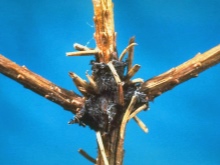


Compatibility with other plants
In nature, larch trees grow in both coniferous and mixed forests. They perfectly coexist with almost any trees and shrubs. The only caveat is that in order to reduce the risk of rust (a serious disease), it is not recommended to plant a crop next to a birch.

Use in landscape design
Resistance to different natural conditions and attractive appearance make larch an object suitable for decorating almost any territory. Both ordinary and decorative varieties of crops are grown in gardens and on personal plots. Weeping and dwarf species are especially popular in landscape design.
You can make larch the center of the composition by surrounding it with other, lower trees, shrubs and other green spaces. It is advisable not to use other conifers. Then the tree will stand out favorably against the general background. Weeping species look great near water bodies (ponds, artificial fountains). Dwarf varieties complement alpine slides well.
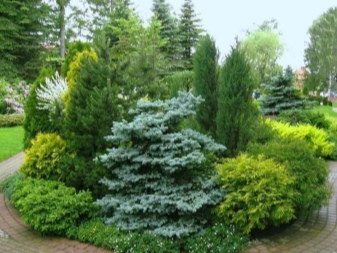

You can plant one or more trees of any type in order to place sun loungers, wicker chairs or a table with a bench next to them. The result is a picturesque and cozy recreation area. You can plant trees along the paths. Representatives of this culture look luxurious on the trunk, hanging down in an elegant cascade. In this case, you will need a special haircut and systematic vaccinations. This will achieve the perfectly correct shape.
Larch trees look good in group plantings. For example, you can make an unusual green hedge from the same coniferous varieties, delimiting the zones of the site.
In this case, it will be necessary to regularly shape the sides of the trees to maintain the appearance of a neat green wall.
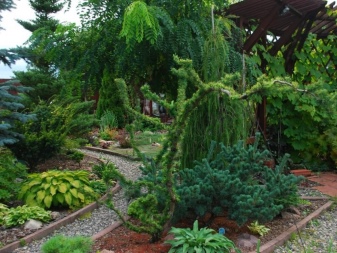
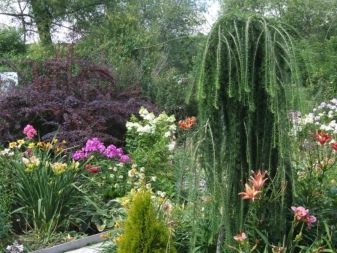
Interesting Facts
- Due to its high strength and reliability, larch wood is widely used. It is used both in construction and in the chemical industry.
- The high density of such wood makes it impossible to float it along the rivers (it sinks quickly).
- After drying, the density of the wood increases so much that it is almost impossible to drive a nail into it.
- Any structures made of such wood are eternal. Take Venice as an example. Piles made from Siberian larch were used here.
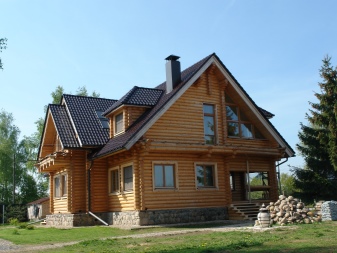

For information on how to grow larch, see the next video.































































The comment was sent successfully.